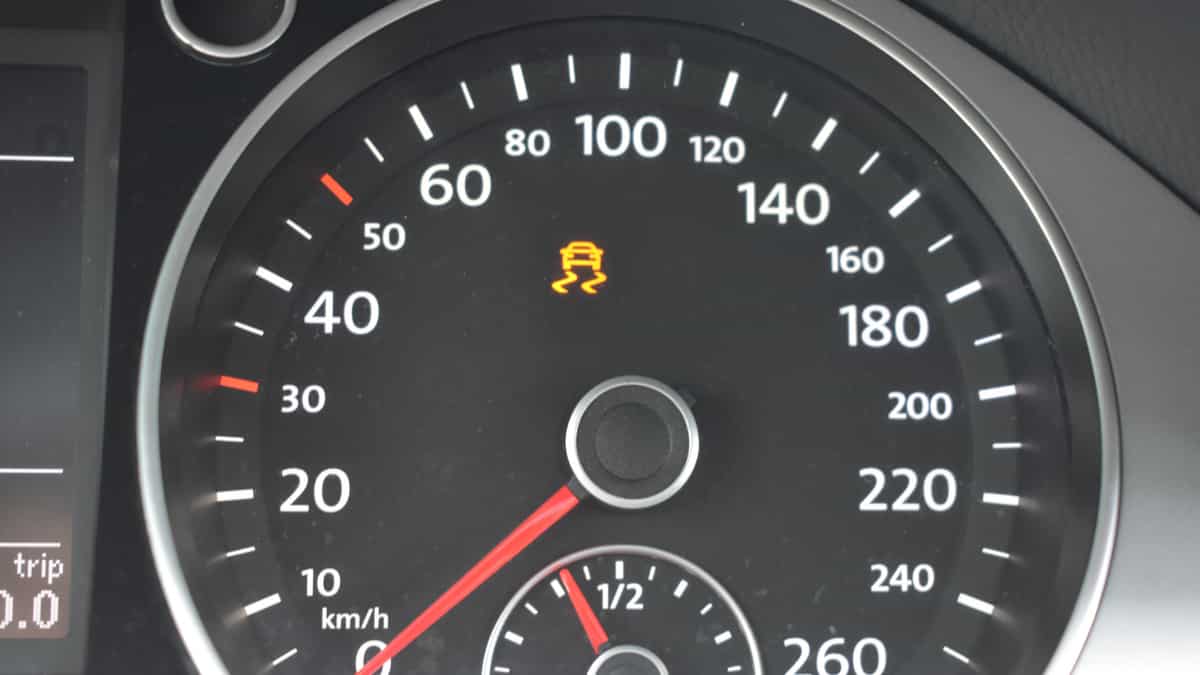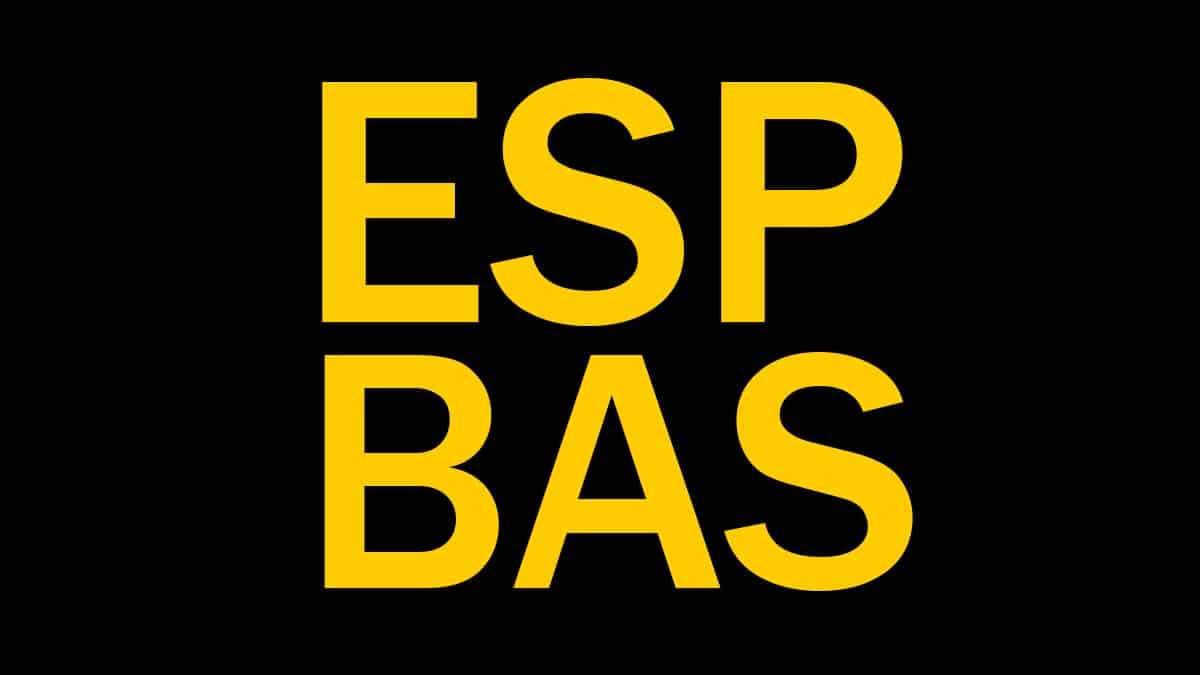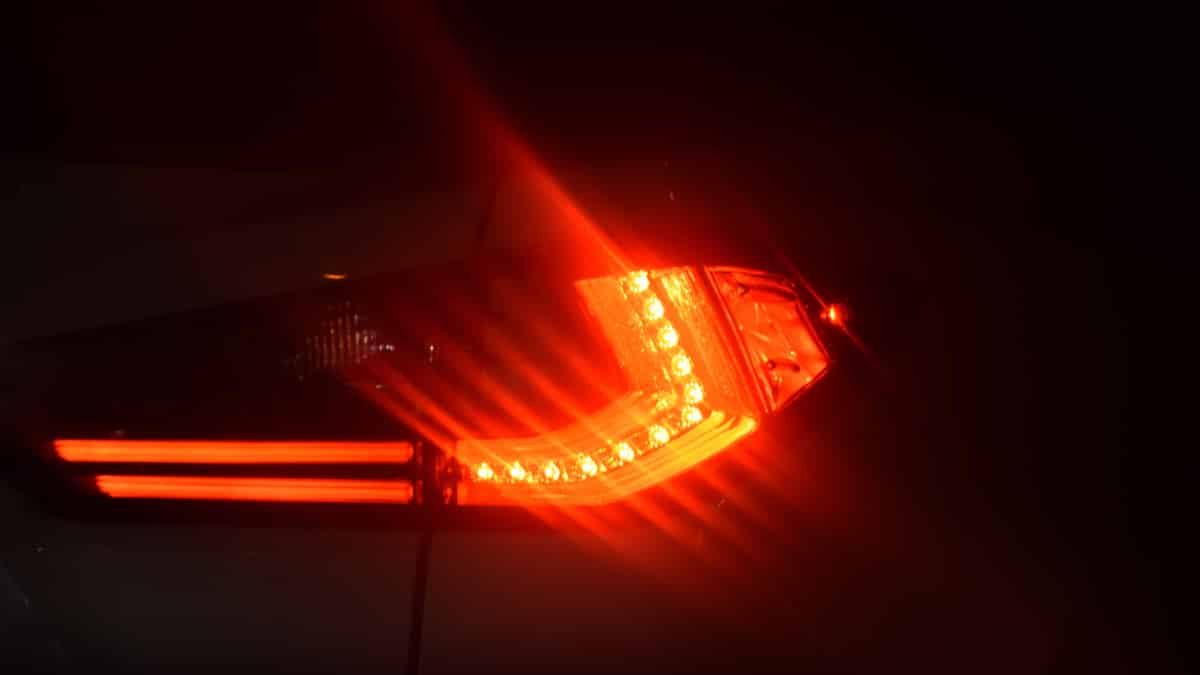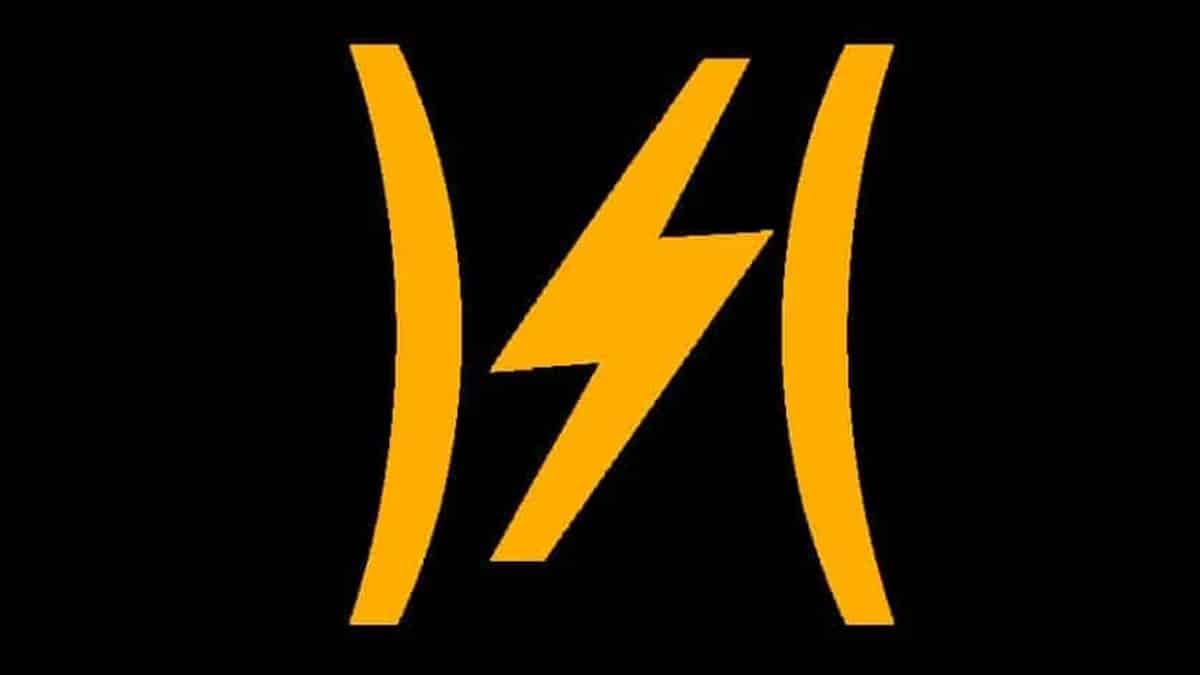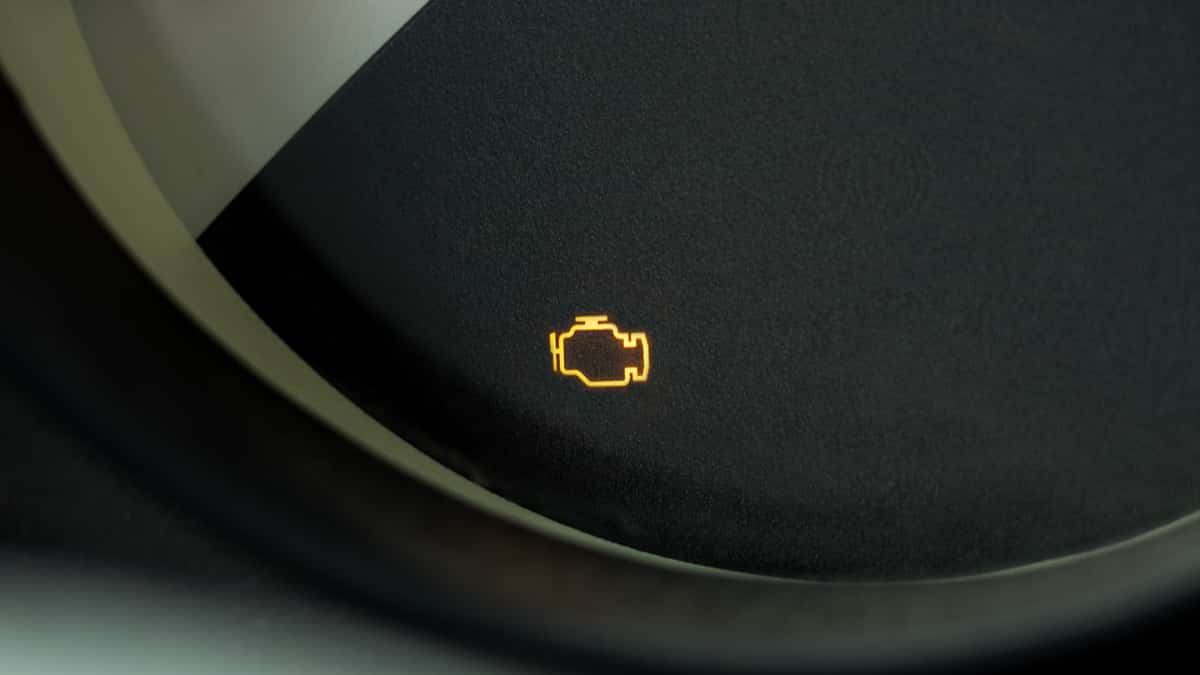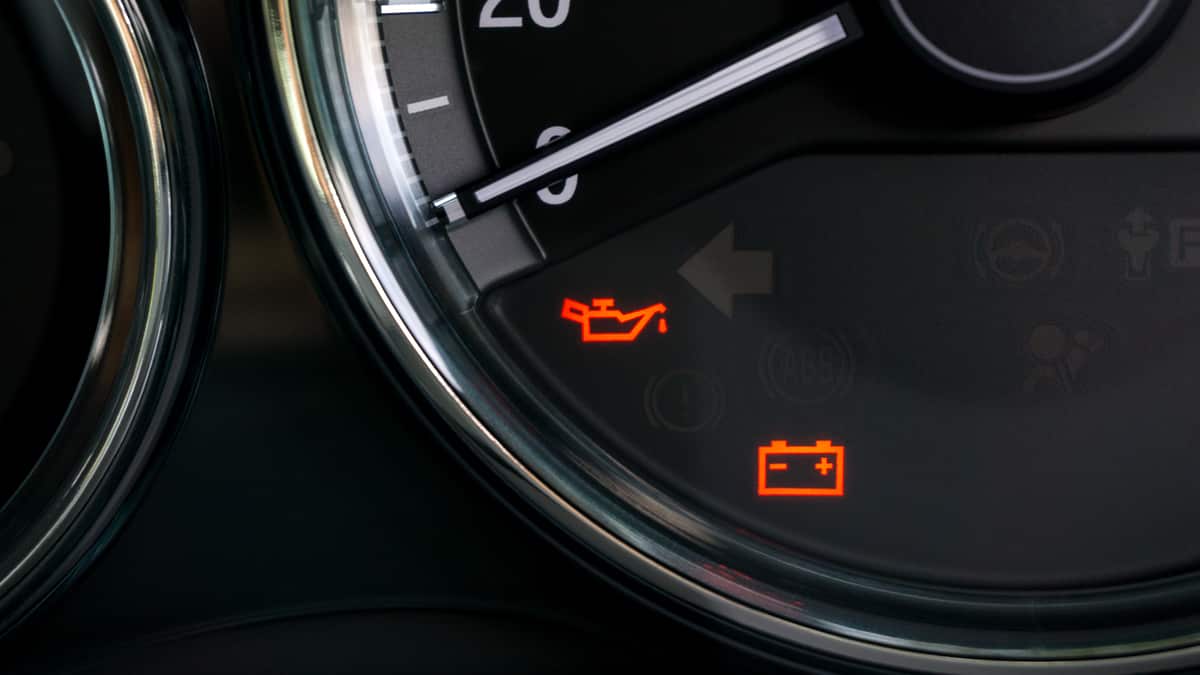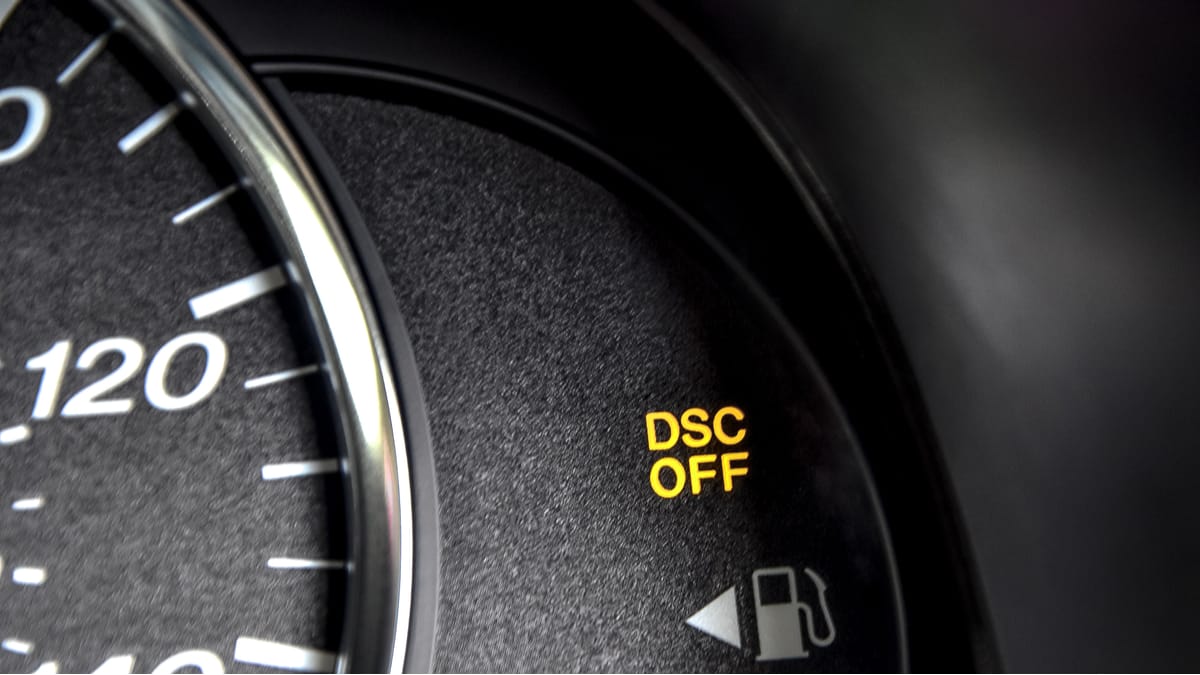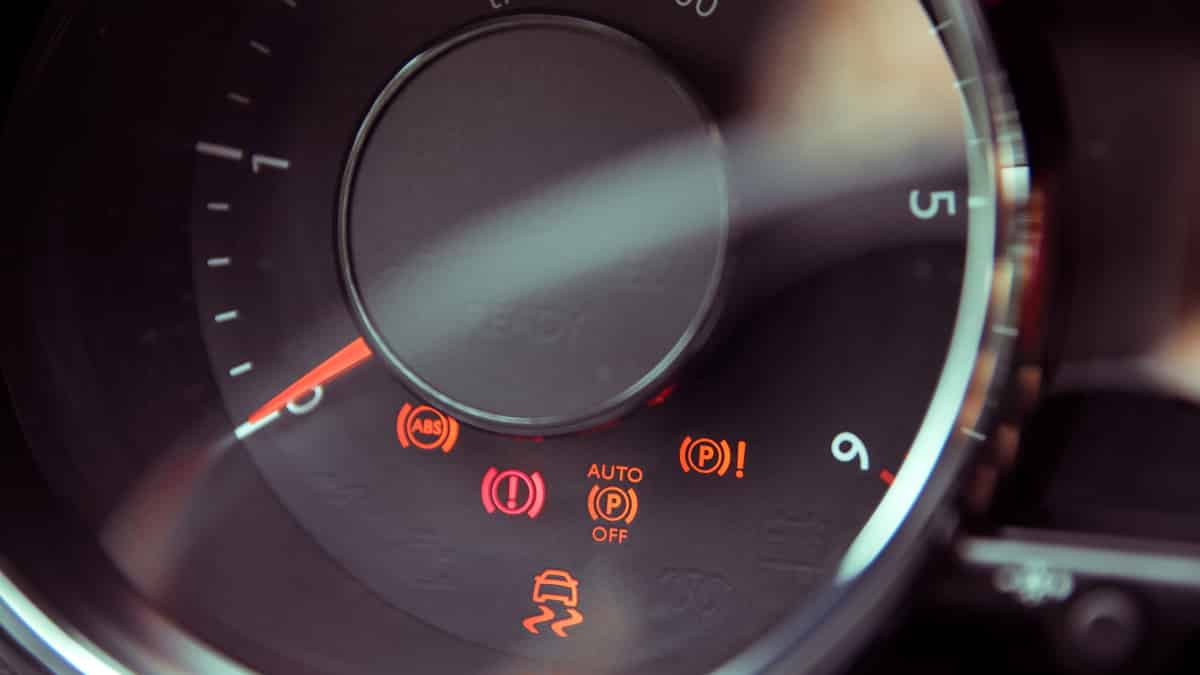It is hard to find any modern car that does not have an Electronic Stability Control or any variation thereof. The ESP has been attributed to the reduction of many accidents on the road.
If your car’s ESP light comes on, what should you do? Keep reading to find out the meaning of the ESP light, its function, and some possible causes. Plus, we’ll tell you what to do if your car has this problem.
What does the ESP light mean?
The ESP Light indicates there is a problem with your electronic stability program system or that you are driving on a slippery surface. When you drive through slippery surfaces, the ESP light will turn on and flash on your dashboard when it’s working.
If the light is constant and not flashing on and off, you have a problem associated with your Electronic Stability Program.
RELATED: Slip Light – What Does It Mean & Causes
How does the ESP system work?
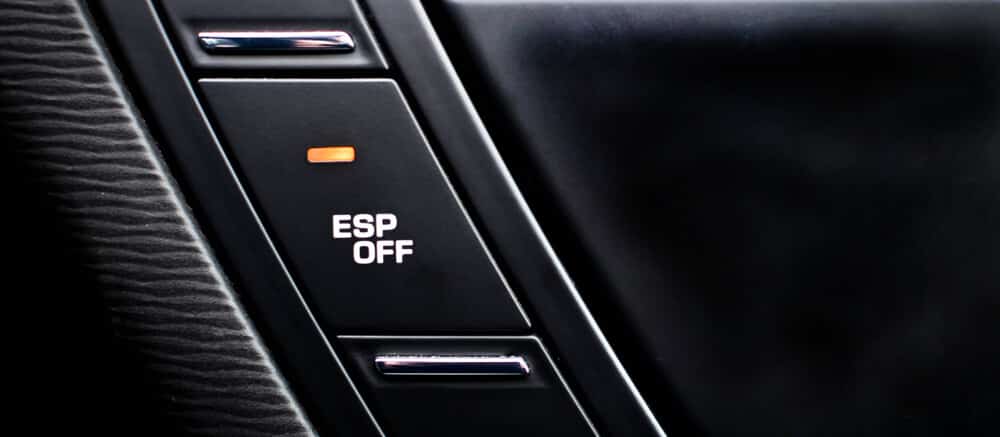
The ESP does not work alone. It works in conjunction with the traction control and the anti-locking brakes (ABS). Modern cars have an onboard computer that monitors most of the car’s functions.
If one wheel slips, the ESP will control the other wheels by reducing power and applying the brakes to correct your car’s stability.
The ESP can also inform the car’s engine to reduce power if your car is steering dangerously. This will then influence the power that is being supplied to individual wheels. This comes in handy when, for example, you keep revving the car on the icy ground, but there is no traction on the wheels. Power will be reduced, enabling you to have more grip on the wheel.
RELATED: ESC Light (Electric Stability Control) – Causes & Information
6 Causes of an ESP warning light
The most common reason the ESP light illuminates is because of a faulty ABS sensor or ABS ring. It can also be caused by issues like a bad throttle body, brake pedal switch, or steering sensor. If it’s blinking while driving on a slippery surface, it’s working correctly.
The ESP works together with the ABS. This makes it hard to identify the main cause of the problem immediately.
To determine the problem causing the ESP light, it is always recommended to check the trouble codes with a diagnostic scanner.
Here is a more detailed list of the most common causes of an ESP light.
1. Faulty ABS Speed Sensor
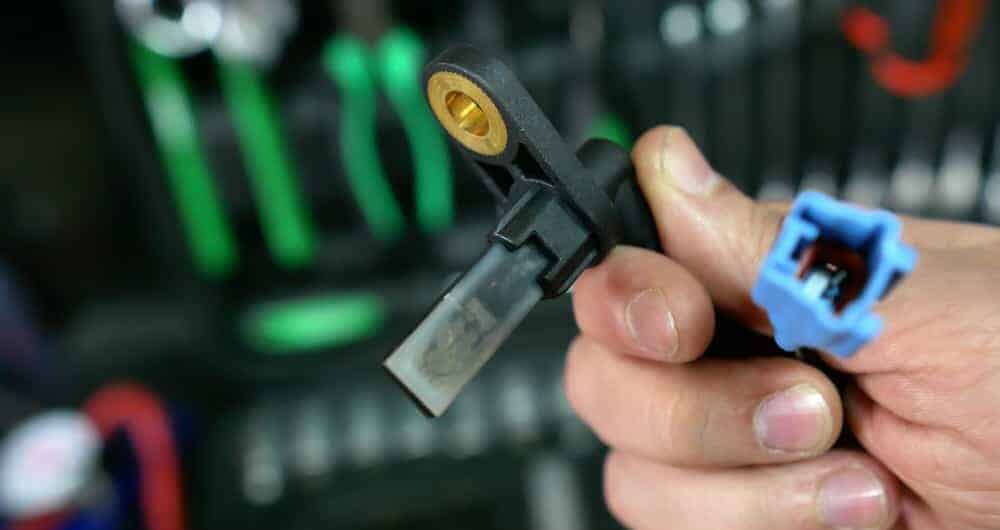
The wheel sensors send information about each wheel’s speed to the ABS control unit. The ABS control unit then measures this information and applies necessary solutions when one or more wheel slips.
If one ABS sensor fails, it may think that one wheel is slipping even when it isn’t, which will cause the light to come on.
2. Faulty ABS rings

The same thing applies to the ABS rings. The ABS sensor measures the wheel speed from the ABS rings. These rings sometimes break, and when that happens, it will cause the ABS sensor to measure the wrong speed.
3. Faulty Throttle body
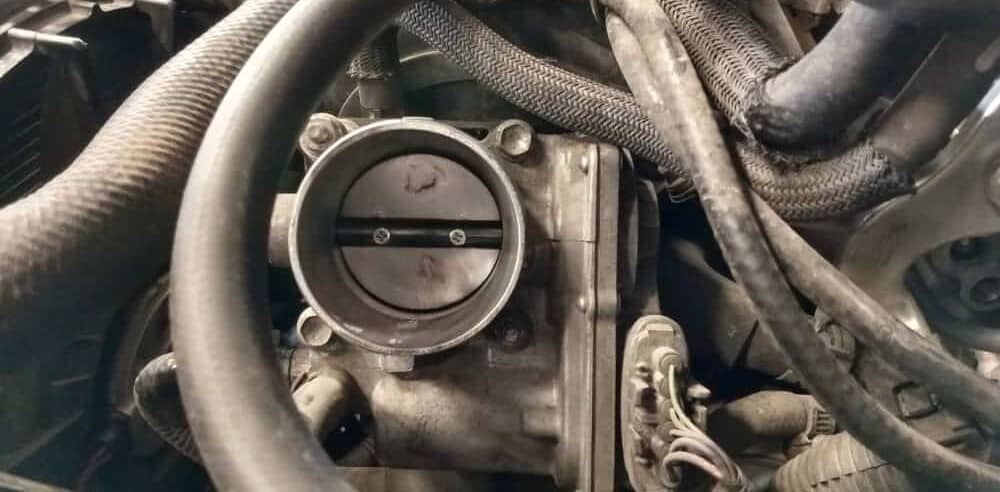
The throttle body is used to control the power output for the ESP system when your car slips. If there is anything wrong with the throttle body, it will cause the ESP light to come on.
4. Faulty Brake Pedal Switch

The ESP system needs to know when you are pressing the brake pedal. For this function to work properly, there is a brake pedal switch installed on your brake pedal.
If this switch is faulty and sends out the wrong information, it may cause the ESP light to come on.
5. Faulty Steering Angle sensor
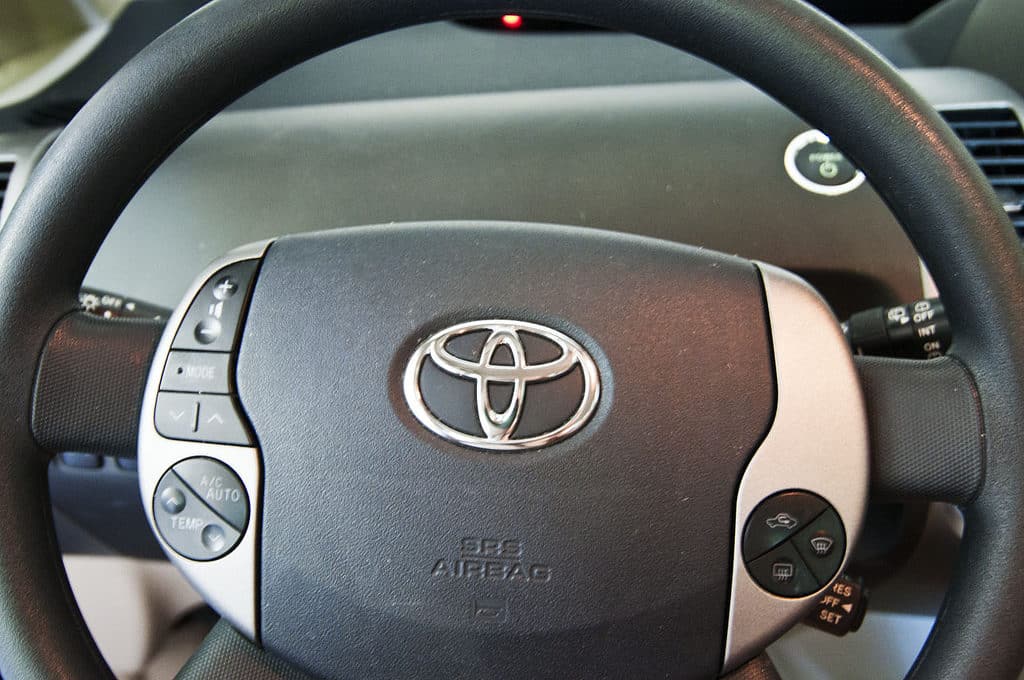
The ESP system also uses the steering angle to calculate what to do in a slipping situation. If your steering angle sensor is becoming worse or is not programmed correctly, it may cause the ESP light to come on.
RELATED: BMW DSC light – Causes, Information, and Fixes
6. ABS wiring issues

You do also have wirings from the ABS control unit to each wheel sensor at each wheel. These wires move a lot because of the suspension, and this can often cause the wiring to become worse when your vehicle becomes old.
The easiest method to see this is to measure the ABS sensors from the connector plug at the control unit. To do so, you need to check a repair manual for the correct pinout.
What to do if the ESP light comes on?
If your ESP light illuminates, you need to check the trouble codes with an OBD2 scanner to see what is causing the ESP light to come on. Just guessing and replacing parts you think are faulty, will likely waste a lot of your money.
You can either check the trouble codes at a workshop or do it yourself at home with an OBD2 scanner.
Is it safe to drive with the ESP light on?
If you are not used to driving without the ESP, it is probably not safe to drive with the ESP light on. The ESP system is designed to maintain the traction of your wheels on slippery surfaces, and it is important that it works correctly. If the light is on, it means there is a problem with the system, and the ESP system will be disabled.
Is ESP the same as traction control?
No. The ESP system is not the same as the traction control system. The traction control system is designed to prevent slipping and skidding when cornering, while the ESP system is designed to prevent your wheels from spinning on slippery surfaces.
What happens if you drive with ESP off?
If you drive with ESP off, the only difference is that the ESP system will be switched off. If the ESP system is disabled, your car’s tires will spin freely on slippery surfaces, and if you are not used to this, it can make it difficult to control your vehicle and could result in an accident. ESP can help prevent accidents, so it’s important to keep it on while driving.
How do I reset my ESP warning light?
To reset an ESP warning light, you must use an OBD2 scanner. However, simply clearing the fault code memory will likely not solve the problem permanently. To get rid of the ESP warning light, you need to fix the problem that is causing the light to appear in the first place.
The ESP light indicates that there is a problem with your car’s electronic stability program (ESP) that needs to be repaired. It can also flash if you are driving on a slippery surface. The ESP system cooperates with the traction control, the ABS system and the engine control system.
The first thing you should do if you see an ESP light on your dashboard is to read the trouble codes from the ABS, traction control, and engine control systems. For this, you need a good OBD2 scanner compatible with your vehicle.
If you see this light come on and feel like you don’t have enough knowledge, it’s important to have your vehicle checked out as soon as possible by a professional mechanic. While the problem may be something minor, such as a dirty sensor, it can also indicate a more serious problem.
Learn more:
- Traction Control Light (TCS) – Meaning, Causes (& How to Fix)
- VDC Light – Meaning, Causes (& How to Fix it)
- 4 Symptoms of a Bad ABS Reluctor Ring (& Replacement Cost)
Categories: Brakes, Warning Lights
